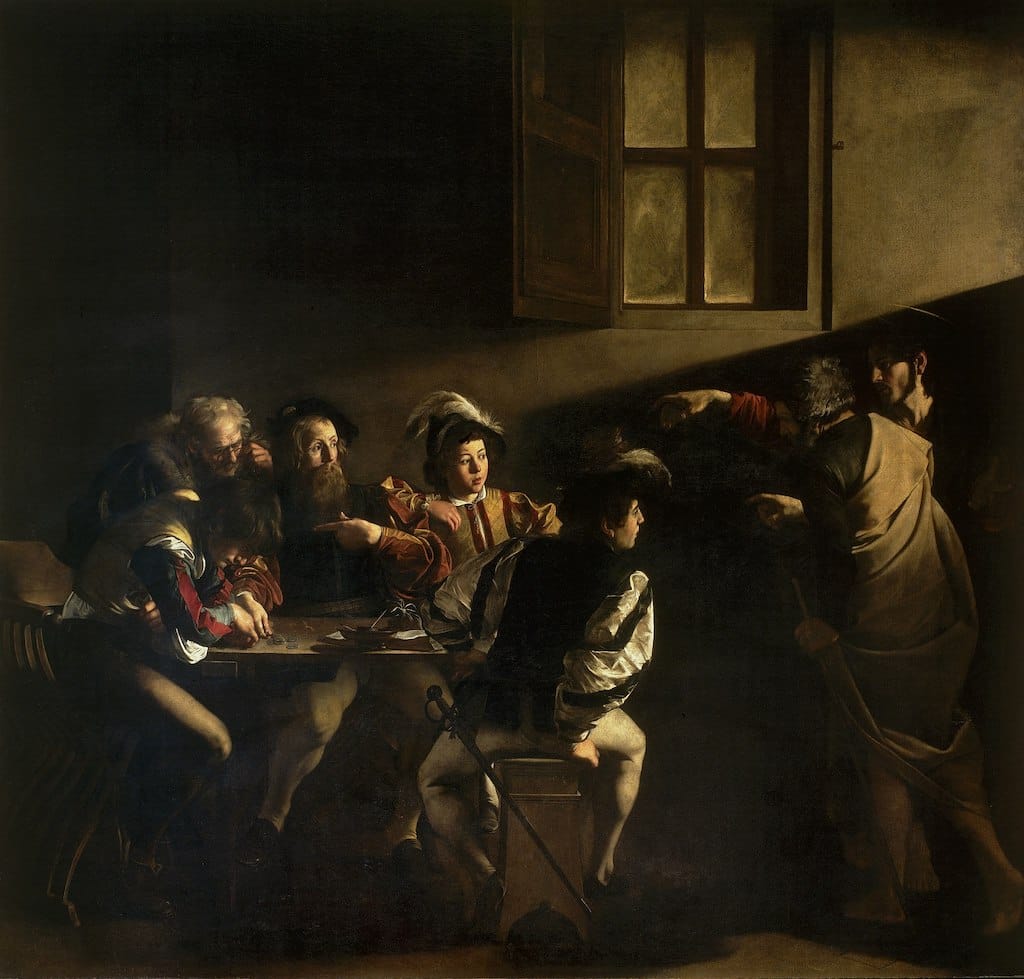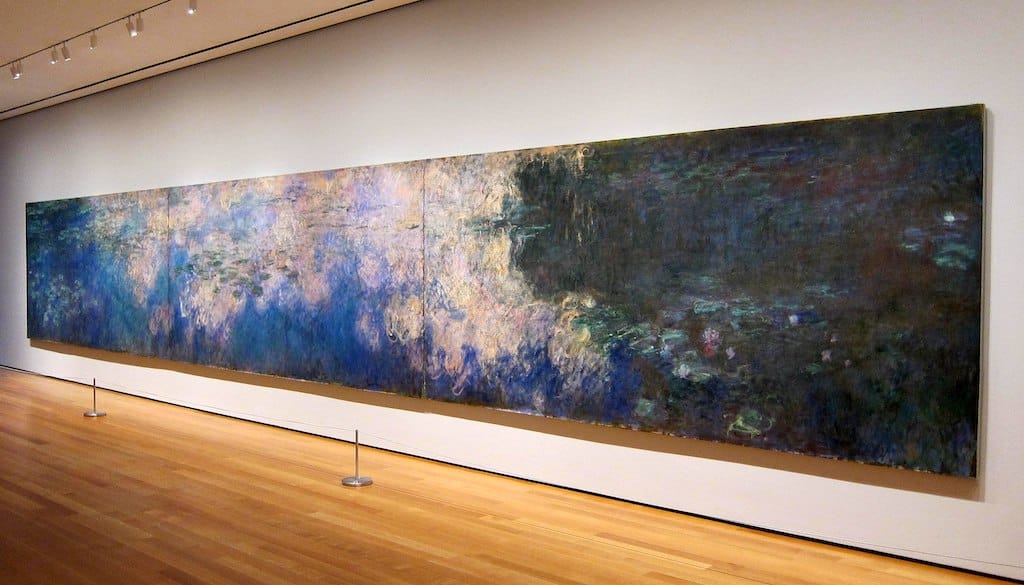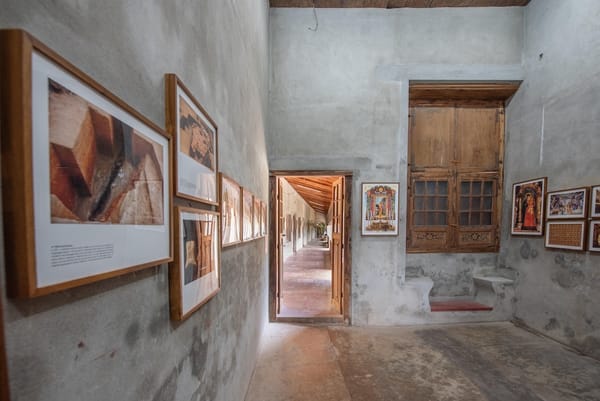A Step-by-Step Guide to Analysing Visual Art: From Observation to Interpretation
Analysing visual art requires a structured approach, moving from observation to interpretation. This guide explores key steps—description, analysis, interpretation, and evaluation—to help viewers unlock deeper meanings and appreciate the nuances of artistic expression.

Visual art is a powerful medium of expression, transcending time, culture, and language. However, appreciating an artwork’s depth requires more than just a casual glance. Analysing visual art is a structured process that allows viewers to engage with the piece on a profound level, uncovering layers of meaning beyond its immediate aesthetic appeal. Whether you are an art student, collector, critic, or an enthusiast, understanding how to systematically approach an artwork enhances both appreciation and interpretation.
This guide outlines a step-by-step method for analysing visual art, focusing on four key stages: Description, Analysis, Interpretation, and Evaluation. These steps provide a framework for engaging deeply with an artwork, allowing for an informed and thoughtful response.
1. Description: The First Encounter with an Artwork
The first step in analysing a piece of visual art is to observe and describe it objectively. At this stage, the goal is to gather factual information without inferring meaning.
Key Questions to Ask:
- What is the title of the artwork?
- Who is the artist?
- What is the date of creation?
- What materials and techniques were used?
- What are the dimensions of the piece?
Beyond these basic details, a visual description should focus on the elements present within the artwork. This includes:
- Subject Matter: What is depicted in the artwork? Is it a portrait, landscape, abstract composition, or still life?
- Colour: What colours are used? Are they bright, muted, complementary, or monochromatic?
- Line and Shape: What kinds of lines and shapes appear? Are they geometric, organic, or expressive?
- Texture: Does the artwork have visible texture, or is it smooth?
- Space and Perspective: Is the space deep or shallow? How has the artist used perspective?
The description stage acts as a foundation, ensuring that the artwork is seen clearly before interpretation begins. Many misunderstandings in art analysis arise from failing to observe the details objectively before jumping to conclusions. By describing the formal elements without judgment, viewers build a more accurate perception of what the artwork visually presents.

For example, Leonardo da Vinci’s Mona Lisa (c.1503–1506) is often discussed in terms of its mysterious expression, but before interpreting its meaning, a viewer should first describe its elements: the soft, sfumato blending of colours, the naturalistic depiction of the face, the atmospheric landscape in the background, and the three-quarter pose that was groundbreaking in portraiture at the time.
2. Analysis: Examining the Artist’s Techniques and Choices
Once the artwork has been described, the next step is to analyse how its elements function together. This involves exploring the artist’s compositional choices and the effects they create.
Key Considerations:
- Composition: How are objects and figures arranged? Does the composition feel balanced, chaotic, symmetrical, or asymmetrical?
- Use of Light and Shadow: How does the artist create depth or highlight focal points through light and shading?
- Movement and Rhythm: Are there repeating patterns or directional lines that guide the viewer’s eye?
- Contrast and Emphasis: What areas of the artwork stand out the most? What techniques does the artist use to create contrast?
For example, in Caravaggio’s The Calling of Saint Matthew (1599–1600), light plays a crucial role. The dramatic use of chiaroscuro not only highlights Matthew but also creates a theatrical effect, drawing the viewer into the scene. The diagonal composition, with Christ’s hand echoing that of Michelangelo’s Creation of Adam, adds a deeper layer of meaning to the visual experience.

Another example can be seen in the work of Piet Mondrian, whose abstract compositions—such as Composition with Red, Blue, and Yellow (1930)—demonstrate a careful balance of primary colours, vertical and horizontal lines, and negative space. His use of pure abstraction challenges traditional representation, inviting the viewer to consider harmony and balance in a non-representational manner.
Analysing these technical aspects allows us to understand how artists manipulate elements to evoke emotions or convey themes. Even in abstract or minimalist art, where meaning might not be immediately apparent, compositional choices still play a critical role in the artwork’s impact.
3. Interpretation: Uncovering Meaning and Context
Interpretation is the most subjective stage of art analysis, as it involves deriving meaning from the artwork. While analysis focuses on how elements are used, interpretation asks why they are used.
Key Questions to Explore:
- What emotions does the artwork evoke?
- What themes or messages might the artist be conveying?
- How does the artwork relate to historical, cultural, or personal contexts?
- Does the title provide insight into the meaning of the work?
Art does not exist in a vacuum—it is often shaped by the artist’s life experiences, socio-political climate, and historical influences. Understanding these contexts helps deepen the interpretation.
For instance, Picasso’s Guernica (1937) is more than an abstract composition of distorted figures; it is a response to the horrors of war. Similarly, Frida Kahlo’s self-portraits are not just expressions of her image but reflections of her physical and emotional struggles.

Interpretation should remain open-ended—there is rarely a single ‘correct’ meaning to an artwork. The most insightful interpretations are those that are supported by visual and contextual evidence.
Even works that initially appear straightforward can reveal deeper meanings through interpretation. Take Vermeer’s Girl with a Pearl Earring (1665): at first glance, it appears to be a simple portrait, but deeper analysis reveals a complex interplay of light, gaze, and ambiguity that invites multiple interpretations—some scholars even refer to it as the ‘Mona Lisa of the North’.
4. Evaluation: Forming a Personal and Critical Response
The final stage of art analysis is evaluation, where the viewer forms an informed opinion about the artwork. This step combines objective observation with personal engagement.
Key Aspects to Consider:
- Aesthetic Appeal: Is the artwork visually striking? Does it engage the senses in a meaningful way?
- Emotional and Intellectual Impact: Does the piece evoke strong emotions or provoke thought?
- Innovation and Originality: Does the artwork introduce new techniques, styles, or ideas?
- Cultural and Artistic Significance: How does the piece fit within its artistic movement or era?
Critics and historians often evaluate artworks based on their contribution to art history. For example, Monet’s Water Lilies series is significant not just for its beauty but for its role in Impressionism’s exploration of light and perception. Similarly, Jackson Pollock’s drip paintings revolutionised modern art by redefining the concept of composition and artistic process.

Evaluation also considers an artwork’s relevance in contemporary times. Does the piece still resonate with today’s audience? Does it challenge societal norms or provide a fresh perspective? Art that continues to evoke discussion and analysis across generations tends to hold lasting significance.
Conclusion
Analysing visual art is not merely an academic exercise; it is a way of seeing with greater depth and appreciation. By following a structured approach—Description, Analysis, Interpretation, and Evaluation—viewers can unlock the complexities within an artwork, transforming passive observation into active engagement. This process is valuable not only for art professionals but for anyone who wishes to experience art more meaningfully. Whether standing before a Renaissance masterpiece, a contemporary installation, or an experimental digital work, applying these steps enables a richer and more rewarding interaction with the world of visual art.





